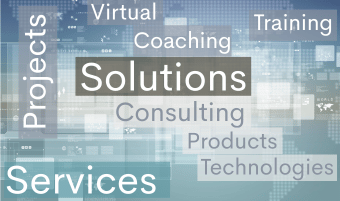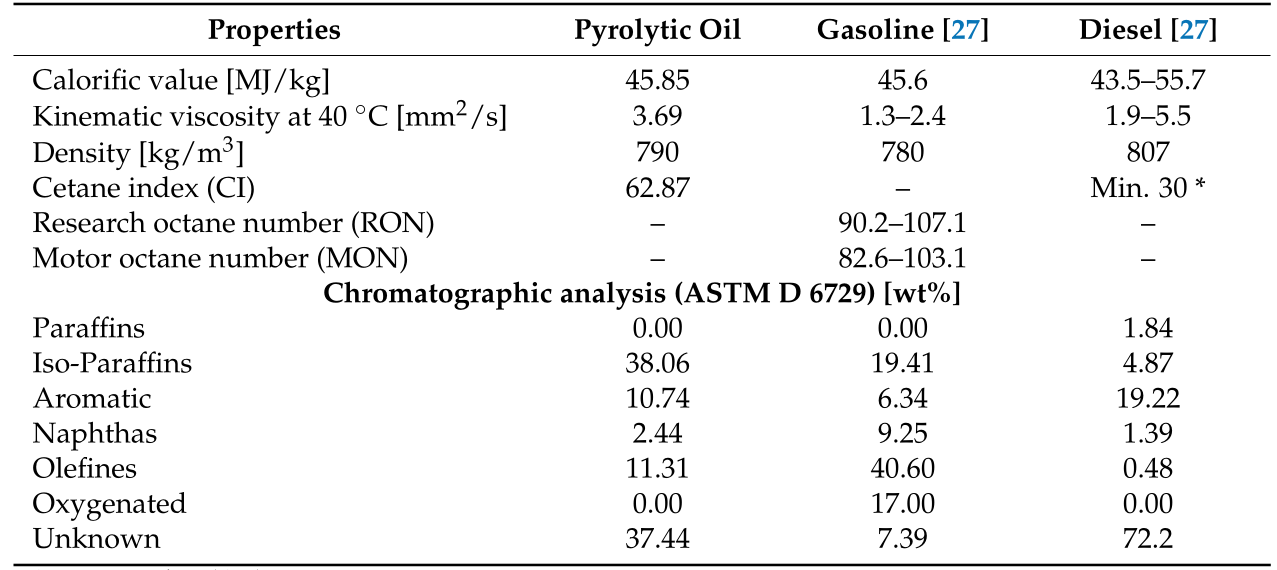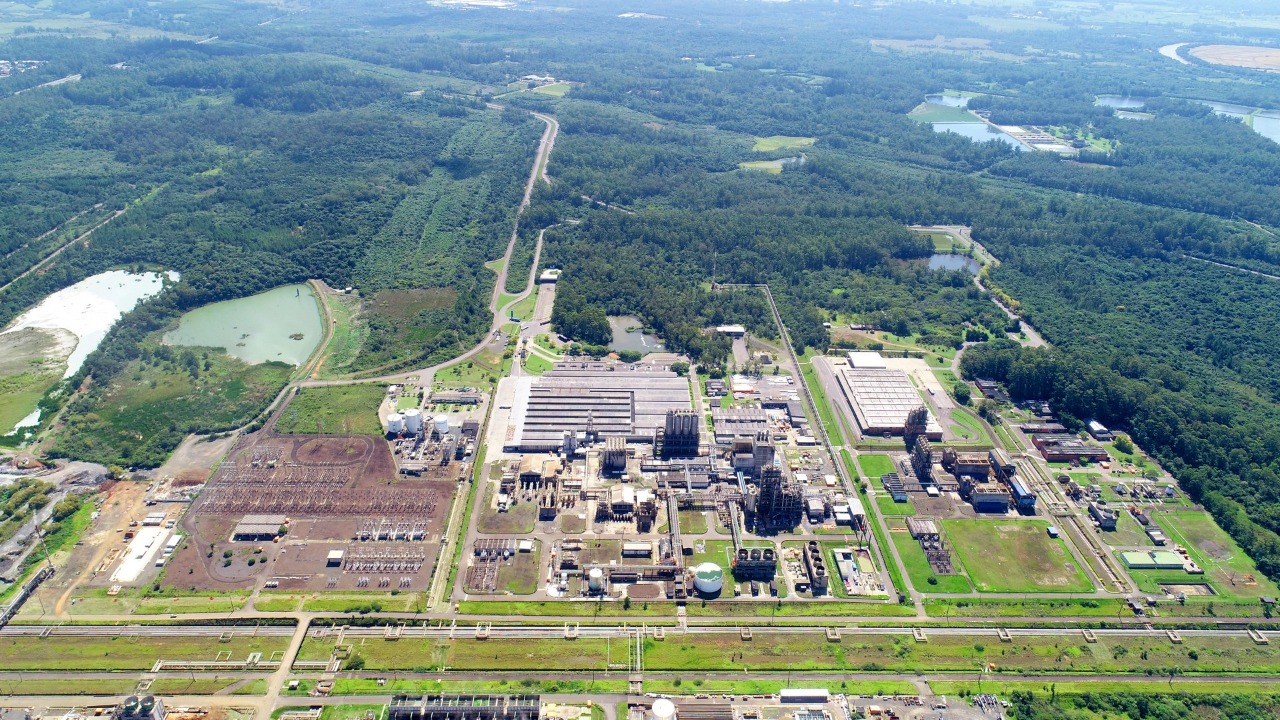Product
- Product
- Plastics PyOil
- Abbreviation
- PyOil
- Names
- Pyrolysis Fuel Oil; Pyrolysis Oil; PyOil
- Product #Tags
- #sustainability
-

- #PS241
- Main Product
- Diesel Oil / Gas Oil
- Segment
- Refined Products
- Main-Family
- Refinery Liquids
- Sub-Family
- Middle Distll. & Proc. Hydroc.
- Physical State
-
Liquid
Description
Insights from our Experts
|
2025/12/15 08:35 PM
Article Image: Green belt surrounding Triunfo's Petrochemical Complex 2 Braskem's Triunfo Petrochemical Complex in Rio Grande do Sul (RS) operates two complementary pathways for sustainable ethylene production, positioning the... |
|
2022/09/10 12:00 AM
Renewable Content in Chemicals and Polymers
Click here for full content
In recent years, pressures have increased on the chemical industry, especially in Europe, to accelerate the transition to a so-called circular economy, whereas the equivalent to decarbonisation in the energy sector is a transition to carbon from renewable sources in the chemical and plastics industries,... |
Product Communicator
| Title | Date | |
|---|---|---|
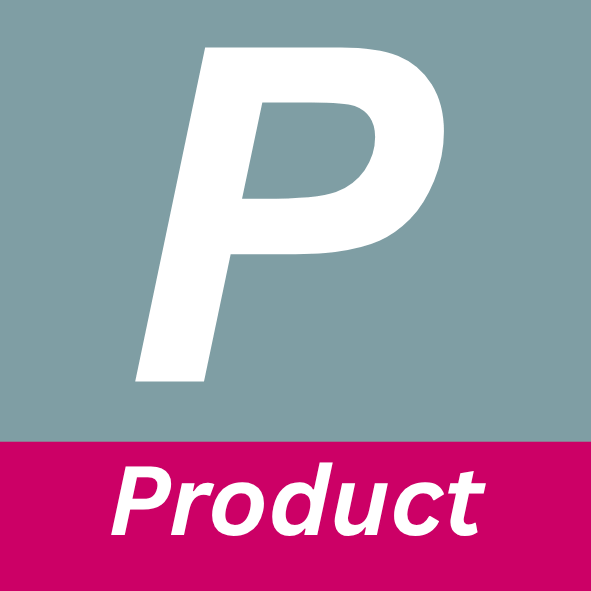
|
2/15/2024 | |

|
11/5/2023 |
Identifiers
-
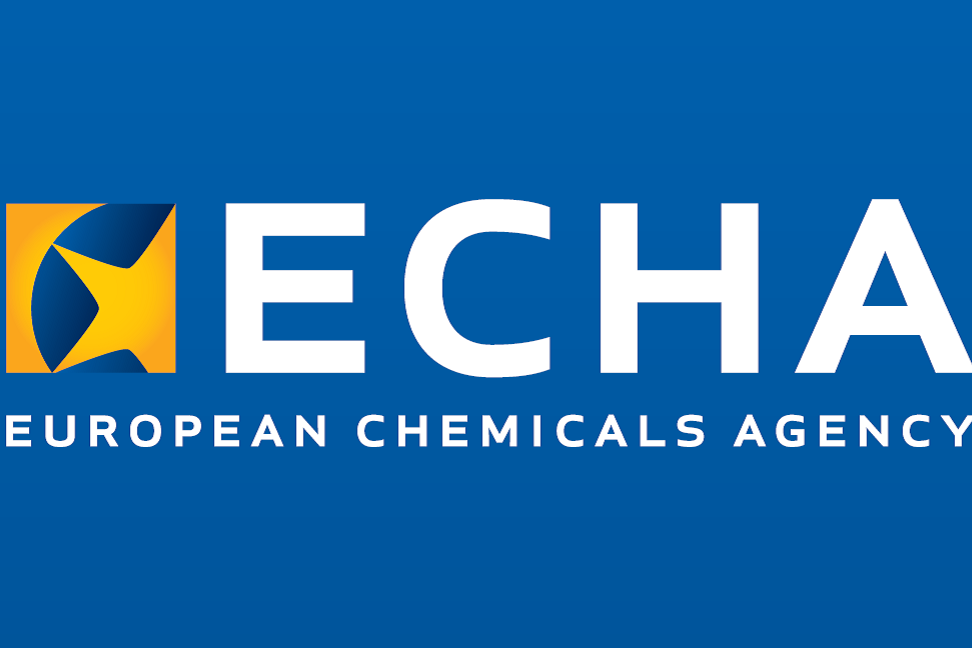 EC Number
EC Number
- 929-242-3
-
 ECHA InfoCard
ECHA InfoCard
- 100.122.846
Chemical Data
- Molecular Weight (g/mol)
- 250
- Sulfur Content (wt%)
- 0
- Specific Gravity
- 0.80
Crude Data
- API Gravity
- 45.38
- Country
Product Settings
- Default
- Status
- A
Content provided by
| Transaction | Name | Date |
|---|---|---|
| Modified by |
|
11/11/2025 5:48 PM |
| Added by |
|
11/9/2021 9:01 AM |

